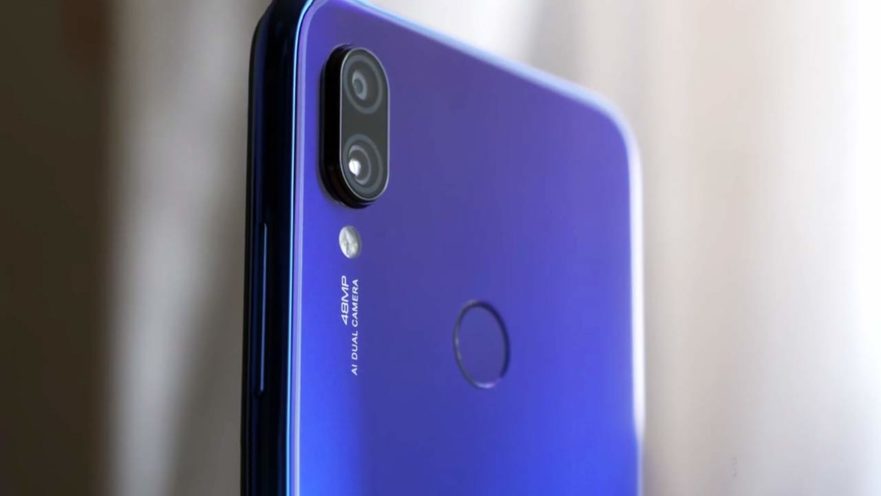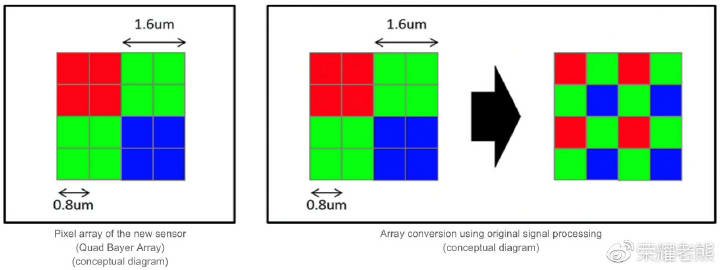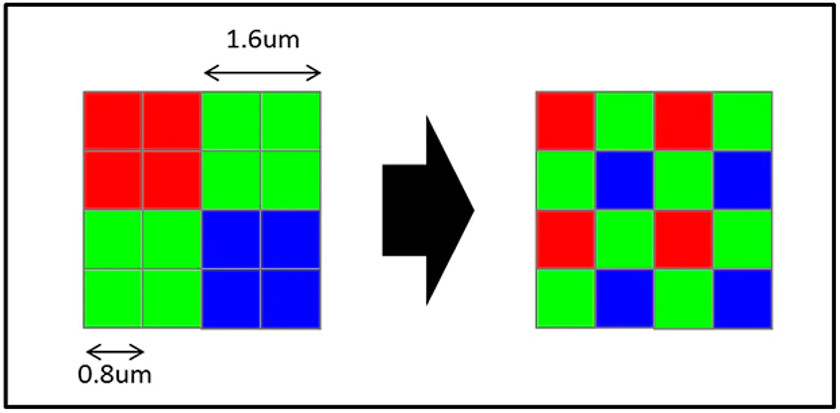
Xiaomi sub-brand Redmi has announced Redmi Note 7 and 7 Pro in china recently. The biggest highlight was its 48 MP main camera, its processor snapdragon 660 and USB type C. Everything was fine but how come 48 MP camera with Snapdragon 660 ? So lets get this point clear here, 48 MP camera on Redmi Note 7 is fake or real ?
Let’s first understand what is Sensor :
A sensor is a hardware device, a part of camera which captures lights, converts incoming signals into binary numerical value and stores it. It determines everything of an image from resolution to image size, low light performance, dynamic range, depth of field etc. While talking about monochrome camera sensors, these are capable of gathering more details and sensitivity than would otherwise never be possible with color/RGB sensor.
Virtually every digital sensor works by capturing light in an array of photosites (A sensor is made of millions photosites), similar to a big buckets which can store rain drops. The sensor array is made up of millions of individual tiny photosite. Each sensor has a specific number of tiny individual sensors, called photosite. Depending on the design of the sensor, a photosite or pixel may contain the necessary circuitry for a single colored pixel. When the exposure process starts, each photosite gets uncovered to collect incoming light. When the exposure ends, each photosite read as an electronic signal which is further quantified, processed and stored as numerical binary value in a image file.
Redmi Note 7 48 MP camera phone uses Samsung’s 48-megapixel GM1 sensor. The GM1 sensor can produce 12 MP images natively, so technically what Xiaomi said 48 MP claim is not correct.
Let’s dig little more, The way the digital camera works is by combining two sensors: the basic sensor captures the image in black and white combined with the Bayer filter(which is an array of Red, Blue, and Green filers) which adds color information to the images by allowing only three colors (RGB) through on a per pixel basis. What the Image Signal Processor sees is basically three images; one red, one blue, and one green, then the ISP compromises all three of these images into one. This whole process is called demosaicing.
Redmi Note Uses Samsung’s GM1 Sensor which is different from Conventional Sensor :
The Redmi note 7 uses Samsung’s GM1 sensor. Samsung GM1’s 48 million pixels is essentially 12 million pixels. Even if the phone can output 48 megapixel photos, it will not be native. The IMX586 is truly a traditionally defined 48 million pixel where quantity of the color per pixel is 1. In GM1 sensor, instead of the usual configuration, it has a quad-Bayer array. This means Samsung GM1 provides color information of four pixels together instead of each pixel individually. And that is the reason pixel size in redmi note 7 pro gets reduced to 0.8 micron pixel. See below image to understand its structure :

Pixel Binning in Redmi Note 7 :
This technique is called Pixel binning. It is one of the most reliable ways to get sharper photos on your smartphone. This process gathers information from four neighbouring pixels combined into one, in order to produce a better detailed image. Its like combining four smaller rain buckets to make one big bucket. This approach allows cameras to maintain same sensor size while still getting good night-time snaps. Obviously it has few drawbacks as well, as you end up with a much lower resolution image than the camera sensor is capable of spitting out. For example, the LG G7 uses pixel binning on its 16MP main camera for brighter low-light shots, churning out a 4MP snap in the process.

Conclusion :
So the overall quality of the image taken with GM1 has a lot more data than a regular 12-megapixel sensor, however quite less than a proper 48-megapixel sensor.
The quad-Bayer arrangement on Samsung GM1 will result in a better dynamic range and color accurate images because of its 4 filters arrangements. Xiaomi has claimed it 48 MP so its not wrong but technically its right as well.
Hope this article helps you choose better camera.
Keep Clicking | PixelRajeev